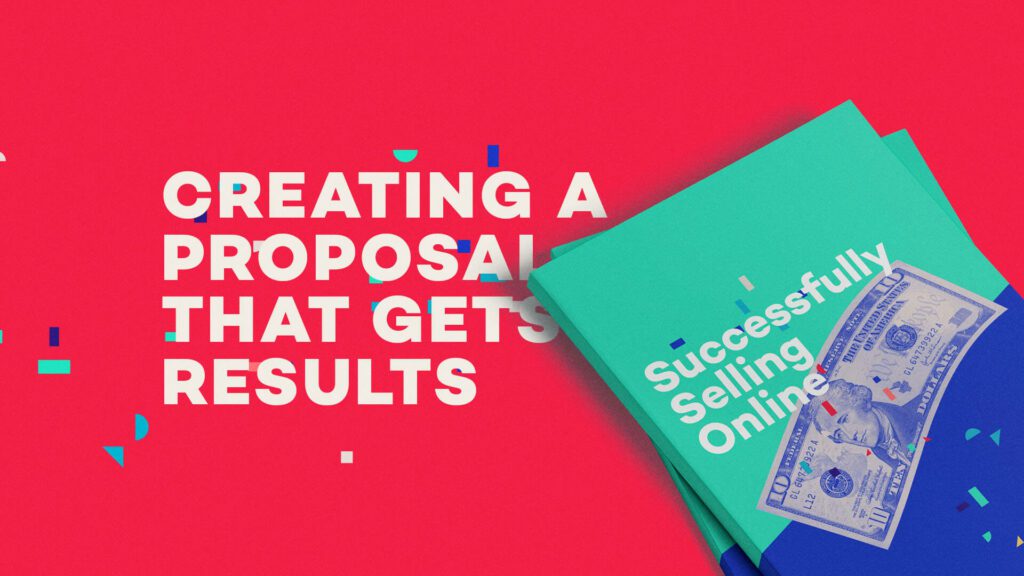Whether you’re creating a proposal for a marketing campaign, a product launch, an internal process or structure, or event promotion, you are facing the same dilemma: you need buy-in to move forward on your solution.
A proposal is what’s going to get you that buy-in.
A proposal outlines the solution you’ve developed in response to a significant problem… and in a detailed way. Your proposal does the work of identifying the problem, naming the solution, and laying out a clear plan that both shows you are well-prepared and also have a solution to a real problem.
Let’s put it this way: You hold a solution to a problem and your proposal is the vehicle that’s going to deliver that solution.
How to Create An Effective Proposal that Results in Buy-In
The key elements to an effective proposal are universal… it doesn’t matter what you’re creating the proposal for, the key elements are still needed.
For the remainder of this article, we will look at the topic through the lens of what it takes to create a content marketing proposal.
All good proposals need three key elements — including content marketing proposals:
- Identify the problem(s)
- Name the solution
- Layout the plan.
Identify The Problem
To create an effective content marketing proposal, you must identify the problem. When asking for buy-in, whether that’s financial backing (which is most often the case), time, resources, or leadership support/approval, you must establish a felt-need by identifying the problem.
Think of it this way – the solution or the ‘ask’ is going to ultimately cost something (i.e. time, money, energy, all of the above), so the only way you’re going to get buy-in is if the party ‘buying in’ feels that there is actually a need for a solution and how the solution will result in a desirable future.
Here are some examples…
Business to Client Proposal
Anytime your business is seeking opportunity of any kind with a prospective client or current client, you’ll need to create a proposal. An example of this could be: your current client is about to launch a new product. They are not currently under any obligation to use your services for the new product, but you anticipate the need before the ask.
If you’re already working with the client, you have the benefit of already knowing their internal dynamics, what they like/don’t like, and how to “speak” their language – you already have a leg up on the competition.
You can use that to your advantage when crafting a custom proposal that addresses their need and how your company can and will support them and help them to achieve their goals.
Internal Proposal
An example of an internal proposal could look like this. Your company is promoting a large event and you’re responsible for the PR for that event. You’ve been given a key metric you need to reach, but are finding that you don’t have the budget to meet the requirements and pull off what’s being asked in an effective way.
Take some time to investigate solutions and gather real data that will show the amount of money required to pull off what you need to fulfill the request or what’s being asked of you.
When establishing the felt-need, you want to effectively communicate the reality of what you’re up against in a respectful way.
Things to remember when identifying the problem:
- State the facts (list the budget you are currently working with and what that will get you)
- List the cost to the company and/or team (Will it cut your marketing line? Will you have to eliminate certain ads or communication channels? Could it affect the number of attendees?)
- Don’t have a “can’t do” mentality (present your idea in way that says, “we can do it this way, but here’s what it will look like” instead of, “there’s no way I can do what’s being asked.”)
You want to clearly lay out the facts regarding the problem, what it is costing to not address the problem, and what the future looks like if you do not bring a solution to the table.
Name the Solution
Once you identify the problem, it’s time to name a clear solution.
You have framed the conversation by naming a real problem and now you’re going to introduce the solution you’ve created – a plan that’s sure to eliminate confusion. This is the big idea of your proposal.
Your audience has the facts and costs — now is the time to point them in a direction that offers a brighter, preferred outcome.
As you name your solution you want to:
- Be Clear (state what you’re asking for in a clear and direct way. Don’t sugarcoat it, use “fancy” words, or take a long time to get to the point.)
- Be Efficient (How will this new plan foster efficiency in you, your teams, your organization?)
- Prove Your Point (Why is your plan better? How does the benefit outweigh the cost? This is your time to talk through the high points and benefits.)
- Show Your Research (If you’ve done your research, which should definitely be the case, you want to use it here to not only help prove your point, but show why your solution is the best option.)
Your solution should be simple to share, easy to understand, and distinguish itself from the current status quo.
Layout the Plan
After sharing your solution, the client will be wanting to know how you intend to bring the proposed solution into a reality.
During this portion of the content marketing proposal, you don’t want to get too far into the weeds of execution. Whether you are presenting in person or via document (Mike Kim always says present in person) you want to move through your proposal efficiently and keep the conversation moving.
When you lay out the plan you are showing the problem, the solution, and the steps that must happen between the two in order for the campaign to be a success!
So, what should you include in your plan? Here are a few elements to consider.
- Clear timeline
- Clear delegation
- Broadview task development (who’s doing what and when, without getting too far into the weeds)
- Collateral to be included
- Costs estimates and facts
- People directly associated with the project
- Overall budget
Marketing Campaign Example
So how would this plan be laid out visually? There is no prescription or authoritative template. Truthfully, it can ‘look’ however you want it to look. That said, here is an example of a template we use at The Blocks Agency for our content marketing campaigns.
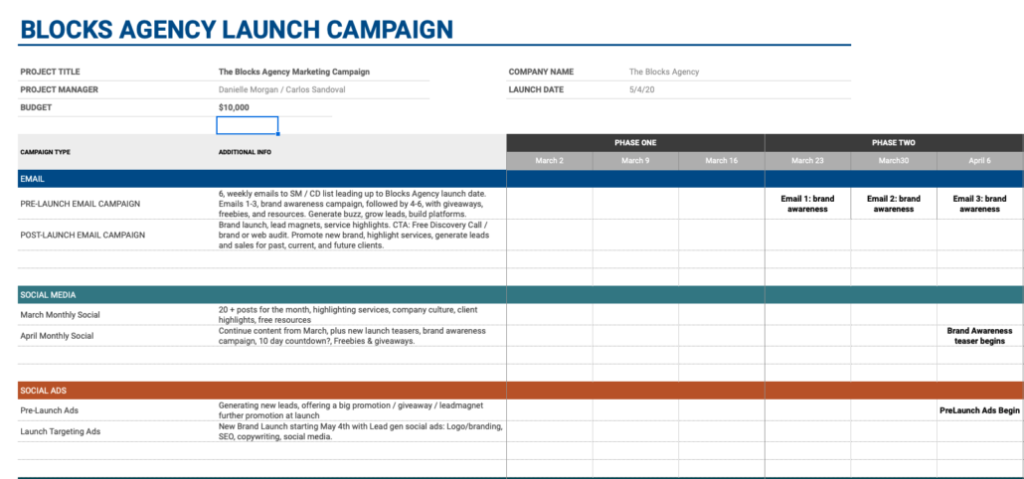

Looking at this example from The Blocks Agency, you will note at the top level the project owner, key dates, and budget are all defined. This is important because your client will be looking for these items. Some proposals may call for more detail, some less. Regardless of how many details your proposal calls for, you will want to keep these top level details clean, presented in a straightforward manner, and easy to navigate through.
Continuing down on the left side, you’ll see individual items broken into three categories — in this case the categories are email, social media, and social ads. Creating this type of separation helps the client see the big picture elements that will get attention while providing an opportunity to look at finer details if desired.
In the second column from the left you will see the tasks associated with each item in any given category. The goal is not to list every task necessary but rather to provide a broad view of what needs to be done. Once you have approval you can build out the project in whatever task management system you use and itemize the tasks in much greater detail.
The next column is the first timeline column. In our example the timeline is broken into phases. You’ll notice the suggested timeline being proposed is broken into phases making it easier for onlookers to identify when and how the items in the plan will be created, promoted, released, and published.
Visually Illustrating Your Proposal
The proposal layout can be illustrated and drawn up in many different ways.
In some cases, you may list your timeline differently.
In other cases, it might be smarter to itemize costs with each task or date.
Depending on who you are presenting to or the nature of your proposal, including graph charts or visual comparisons can help you further drive home your point (see examples below):


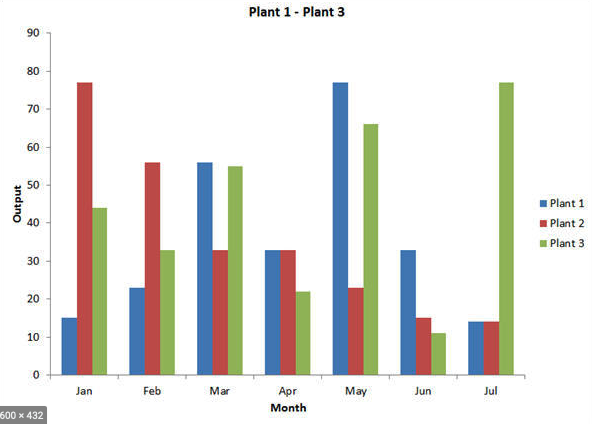

But charts and graphs aren’t the only way to help articulate the need, the solution, or the plan.
Incorporating visual design and artwork into your presentation can have great appeal to many audiences, especially if you can incorporate a story into the proposal.
Some industries will want visual appeal and others will be looking for detailed descriptions and explanations that are driven by descriptive text.
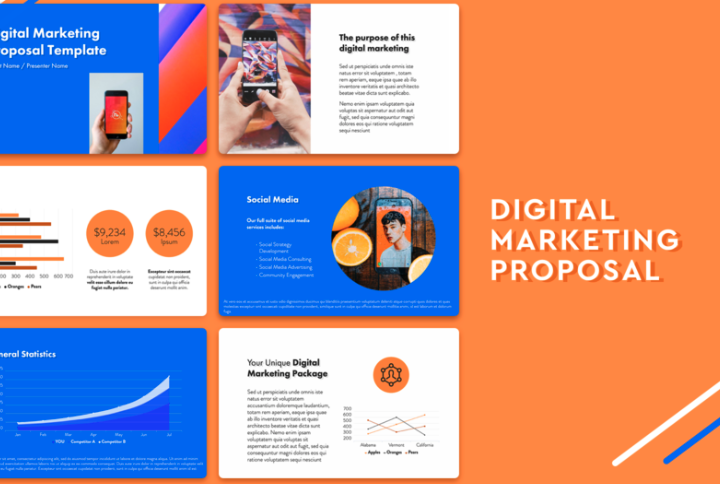

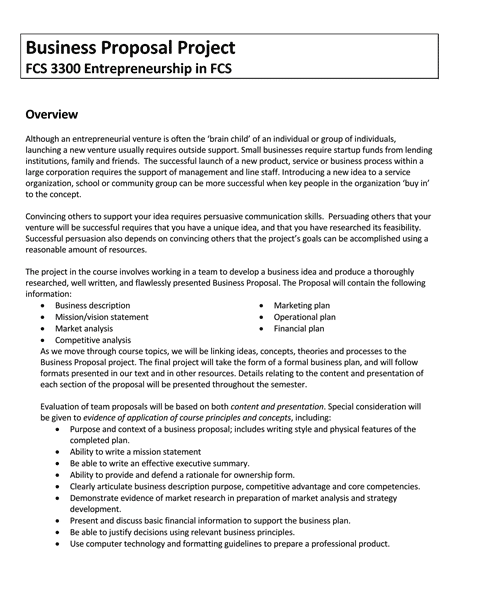

A general rule of thumb, the proposal you need will fall somewhere in between detail and style, using a combination of visuals to support the plan and written details explaining what the problem is, how you’re going to solve it, and how it is going to work.
Here’s a great example of this and a good baseline for creating an effective proposal:
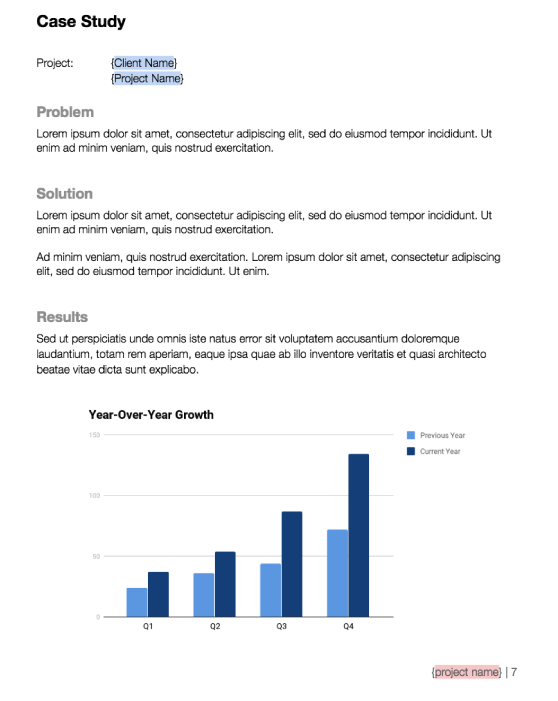

Whether you’re crafting a proposal for an internal approval or submitting a bid to a current or prospective client, creating a solid proposal shows you are well-researched, prepared to handle the task at hand, and efficient enough to carry out the solution in an effective and beneficial manner.
Always remember, creating a proposal must start with a problem and a solution. Once you hold the solution, you are ready to put together a winning proposal that will not only benefit you and your company, but the clients you are working with.
